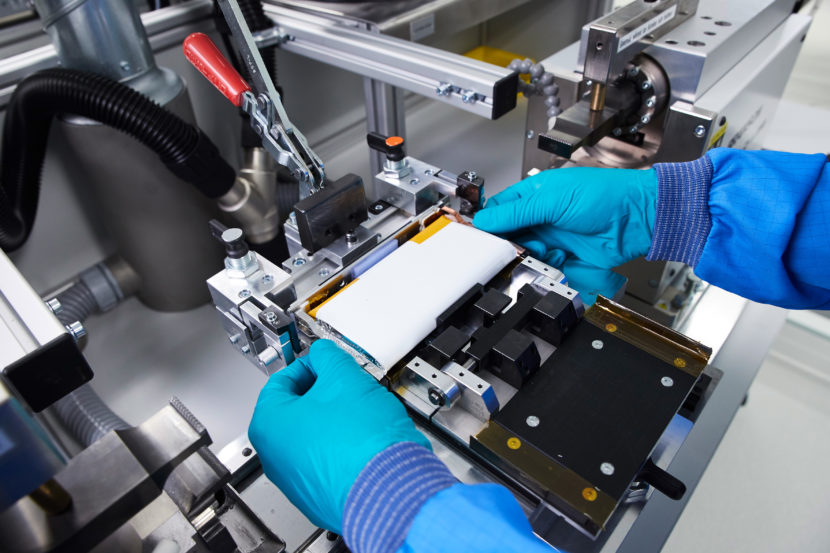One important aspect that plays a central role when talking about cutting emissions and using resources as efficiently as possible is the recycling process. BMW set a goal of making its cars 95% recyclable years ago and is going full steam ahead towards that goal. However, there’s a problem with the recycling that goes on right now because the percentage of secondary material in new vehicles is still relatively low.
The management board therefore decided to take action and figure out a way to use these resources more efficiently. “Our goal is clear: We want to further close the material cycles to protect nature’s finite resources and use them even more efficiently,” said Oliver Zipse, BMW CEO, in a statement this week. Therefore, from now on, up to 2030, BMW plans to use more high-quality secondary material in new vehicles, sourced from recycling more.
Recycled material has the potential to drop the CO2 emissions substantially compared to primary materials. For example, recycling aluminum cuts the CO2 emissions by 3 to 4 times while doing the same for cobalt, nickel and lithium does the same job by 2 to 3 times over. Minimizing the amount of new extraction needed is also essential to conserve resources and reduce the potential for conflict – especially for critical raw materials.
These are important numbers, especially as we’re heading for an electrified future, where batteries will play an important role. The EU only requires a recycling rate of 50 percent for high-voltage batteries but BMW joined forces with recycling specialist Duesenfeld to develop a method that can achieve a recycling rate of up to 96 percent – including graphite and electrolytes.
Furthermore, the Bavarians are also taking back all used batteries from their cars and are giving them a second life at battery storage farms like the one at the plant in Leipzig before recycling them.






































































